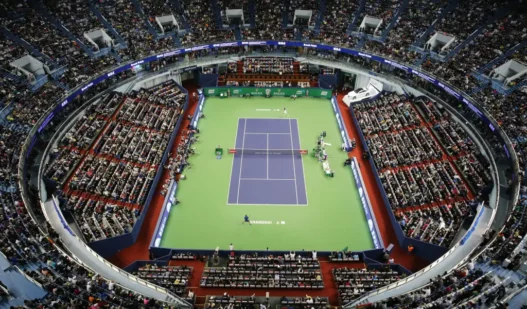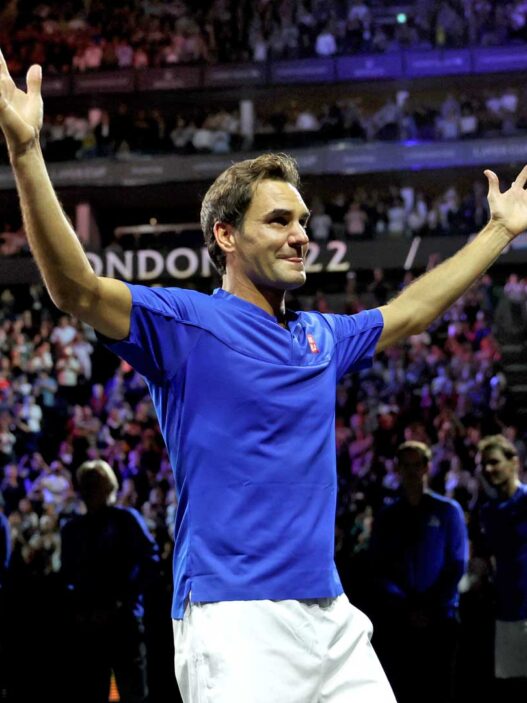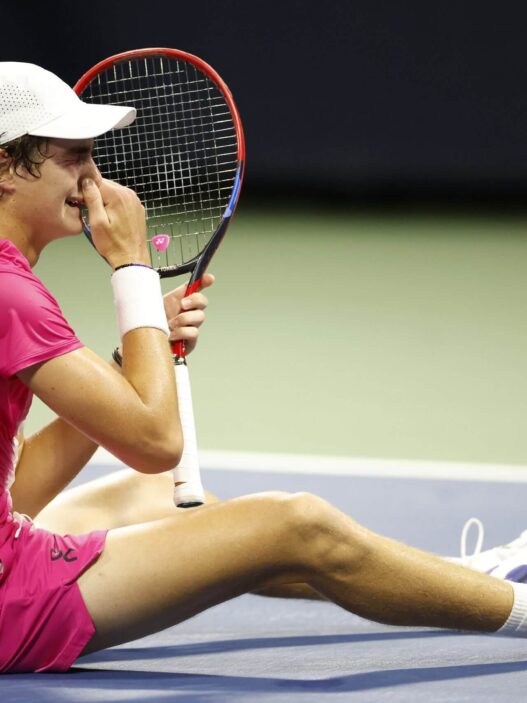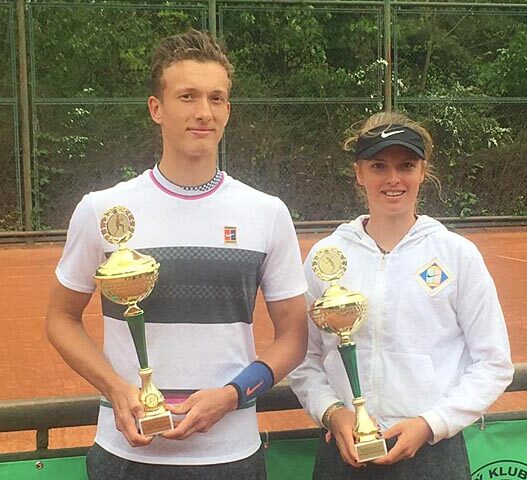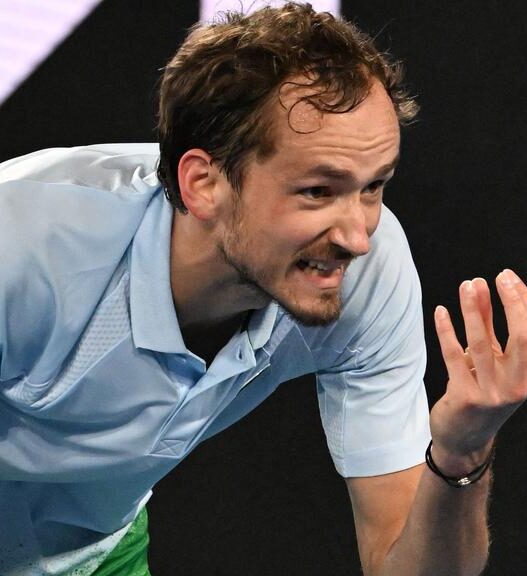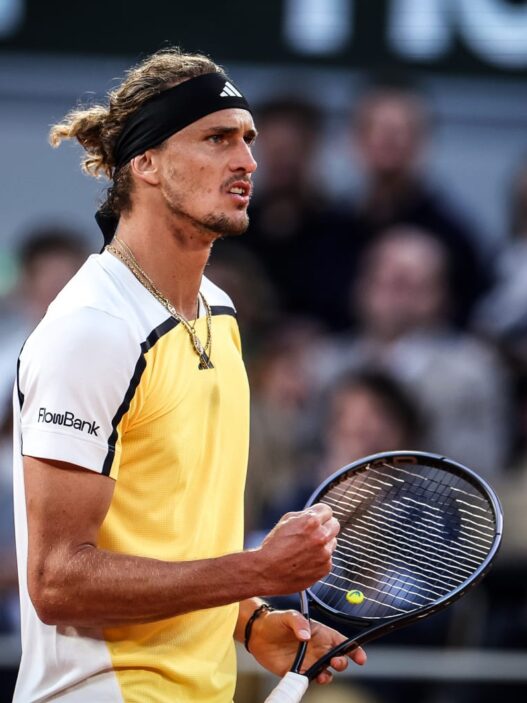In a world where tennis courts stretch across continents, from the clay of Paris to the grass of Wimbledon, there exists a corner of the calendar that has long been both a financial engine and a geographic pivot: the Asian Swing. For the past several years, this crucial part of the ATP and WTA tours has been absent, first due to the pandemic and then as players recalibrated their schedules around an ever-demanding season. But in 2024, the Asian Swing has returned, and with it, a recalibration of what global tennis truly means.
This year, the Swing includes high-stakes tournaments such as the China Open in Beijing and the Shanghai Masters, two events that have long been favorites among players seeking to secure critical year-end ranking points. The return of the Asian Swing isn’t just a moment for tennis to regain its global reach, but a reminder that the sport’s future may well lie in markets once considered peripheral.
But is tennis ready for the grind and cultural shifts that come with this demanding portion of the calendar? And can the Asian Swing, with its distinct atmosphere and enormous financial backing, reshape the way players—and fans—think about the sport?
The Asian Swing, prior to its sudden halt in 2020, was viewed as a financial powerhouse. Tournaments in cities like Beijing, Tokyo, and Shanghai boast some of the largest prize purses on the tour outside of the Grand Slams. For players, it’s a gold mine—both for their wallets and their rankings. But with the global pandemic, the delicate balance of international travel, player safety, and local restrictions forced the swing to go dark for several seasons. In its place, a Europe-centric schedule took root, compressing the final months of the season into a narrow window between the US Open and the ATP Finals.
The return in 2024 has come as a kind of relief, but also with the awareness that things have changed. For many players, the Asian Swing is no longer just a lucrative series of tournaments. It’s become a proving ground. Consider the stakes: with Novak Djokovic inching closer to the twilight of his career and Carlos Alcaraz emerging as the new darling of the ATP, the opportunity to win points in Beijing or Shanghai could shape the narrative of who ends the season on top.
On the WTA side, the stakes are equally high. After a resurgent year from Aryna Sabalenka, crowned by her US Open victory, the Asian Swing offers her and rivals like Iga Świątek a chance to further their claims as the dominant figure in women’s tennis. The mental and physical fatigue after the summer’s US Open often forces players to make calculated decisions about which tournaments to prioritize. Yet skipping the Asian Swing is a gamble few can afford if they are eyeing the year-end No. 1 ranking.
The travel from New York to Beijing is grueling, to say the least. After two weeks of grinding through the US Open, the players must now cross multiple time zones, adjust to a new rhythm, and adapt to the different atmosphere of Asian hard courts. Historically, the transition has been tricky for even the most seasoned players. In 2019, Roger Federer, a perennial favorite at the Shanghai Masters, spoke openly about the toll the trip can take on the body and mind. The fast-paced hard courts in Asia, while suited to aggressive players, also punish those who haven’t recovered fully from the summer grind .
This year’s return poses another question: how will players, some still cautious after the pandemic, handle the combination of high stakes and high stress? The sheer financial weight of the Asian Swing—Shanghai alone offers a prize pool comparable to the Masters 1000 tournaments in Miami and Monte Carlo—makes skipping it a difficult decision for many players. And yet, with the ATP and WTA calendars packed to the brim, burnout looms large.
For players like Jannik Sinner or Daniil Medvedev, both of whom are chasing elusive year-end titles, Shanghai and Beijing represent not just tournaments but stepping stones toward cementing their legacies. The same holds true for the women’s side: Jessica Pegula, after another solid season, is eyeing these events as key to maintaining her top-five ranking.
There’s another element to the Asian Swing’s return, one that extends far beyond the lines of the tennis court: the financial and cultural significance of tennis in Asia. China, in particular, has emerged as a focal point in the sport’s globalization. The Shanghai Masters, for example, has long been heralded for its top-tier facilities and massive sponsorship deals. For companies looking to market to an international audience, the Asian Swing is an unparalleled platform.
The influx of money into these tournaments is also reflective of tennis’s growing reach in Asia. As more fans tune in, both locally and internationally, the sport finds itself on the precipice of a new era. In recent years, players like Zheng Qinwen and Wu Yibing have emerged as talents who could become household names, and the return of the Asian Swing gives them a chance to perform on home soil in front of growing fan bases.
This revival isn’t just about money—it’s about expanding the identity of tennis. For decades, the sport has been dominated by the European Grand Slam circuit, with a brief nod to the Australian Open at the start of the year. But as the sport looks to expand its global footprint, the role of tournaments in Asia becomes increasingly important. The economic clout of the region is now on full display, as these events attract top talent and top sponsors alike.
The reintroduction of the Asian Swing in 2024 marks a pivotal moment for tennis, but it also poses a broader question: is the tour sustainable in its current form? As the global game seeks to expand into new markets, the pressure on players will only increase. The grueling nature of the season, with little room for rest, raises concerns about player longevity and the overall structure of the calendar.
Will tennis, in its push for globalization, begin to prioritize spectacle over sustainability? Or can the tour find a way to balance its economic interests with the well-being of its players? These questions, as the Asian Swing roars back to life, will shape the future of the sport.
For now, all eyes are on Shanghai and Beijing, where the world’s best players have returned, not just to compete, but to redefine what global tennis truly looks like. The courts are fast, the stakes are high, and the world is watching.











